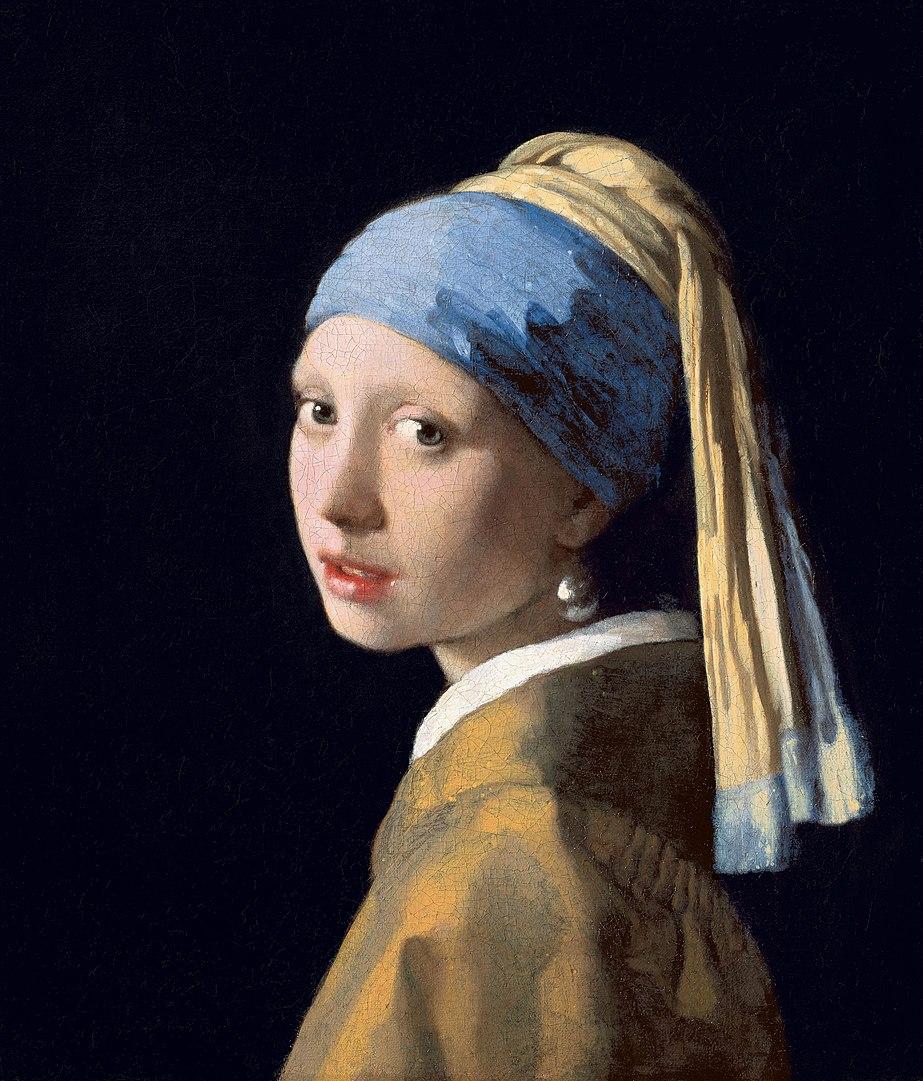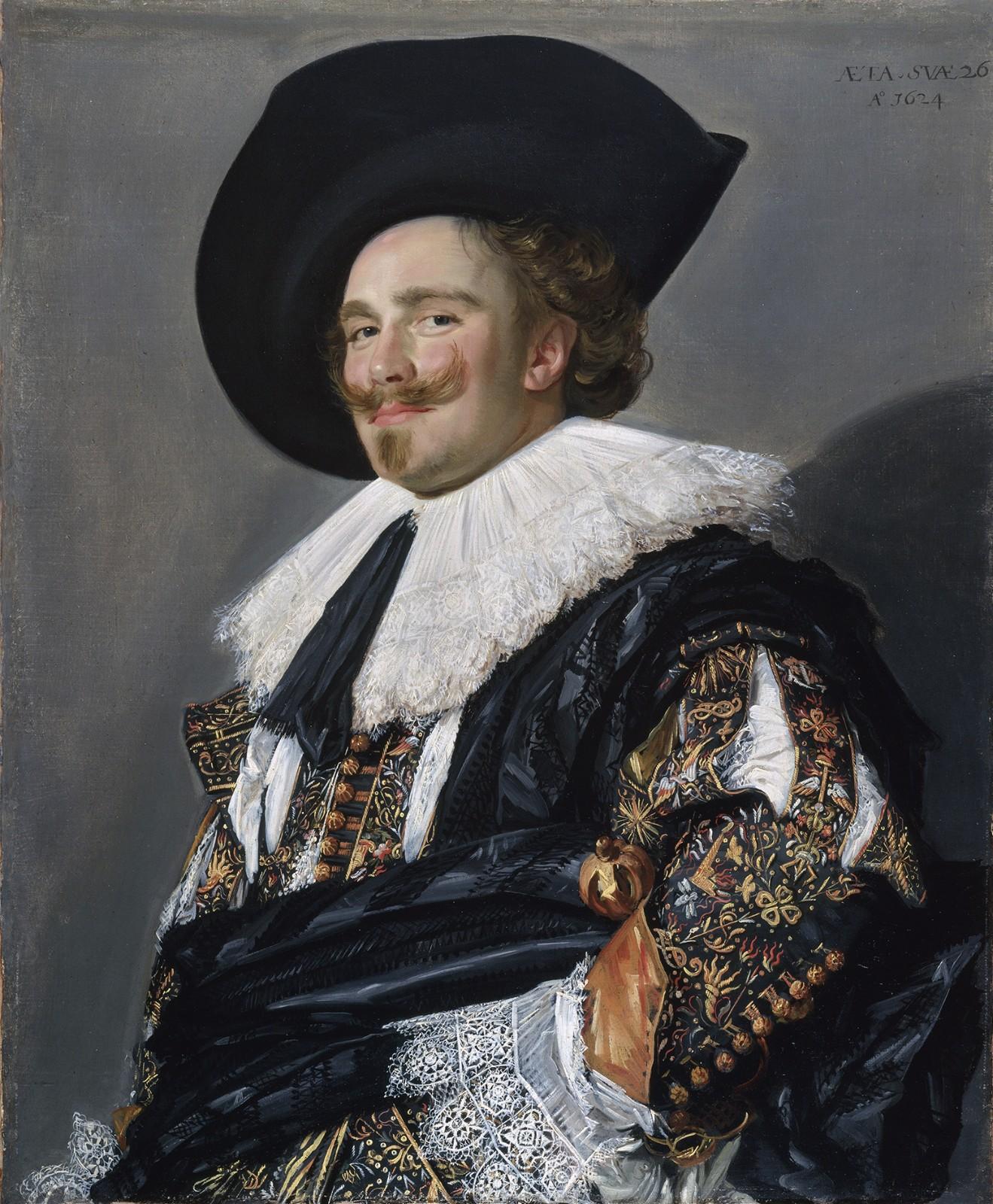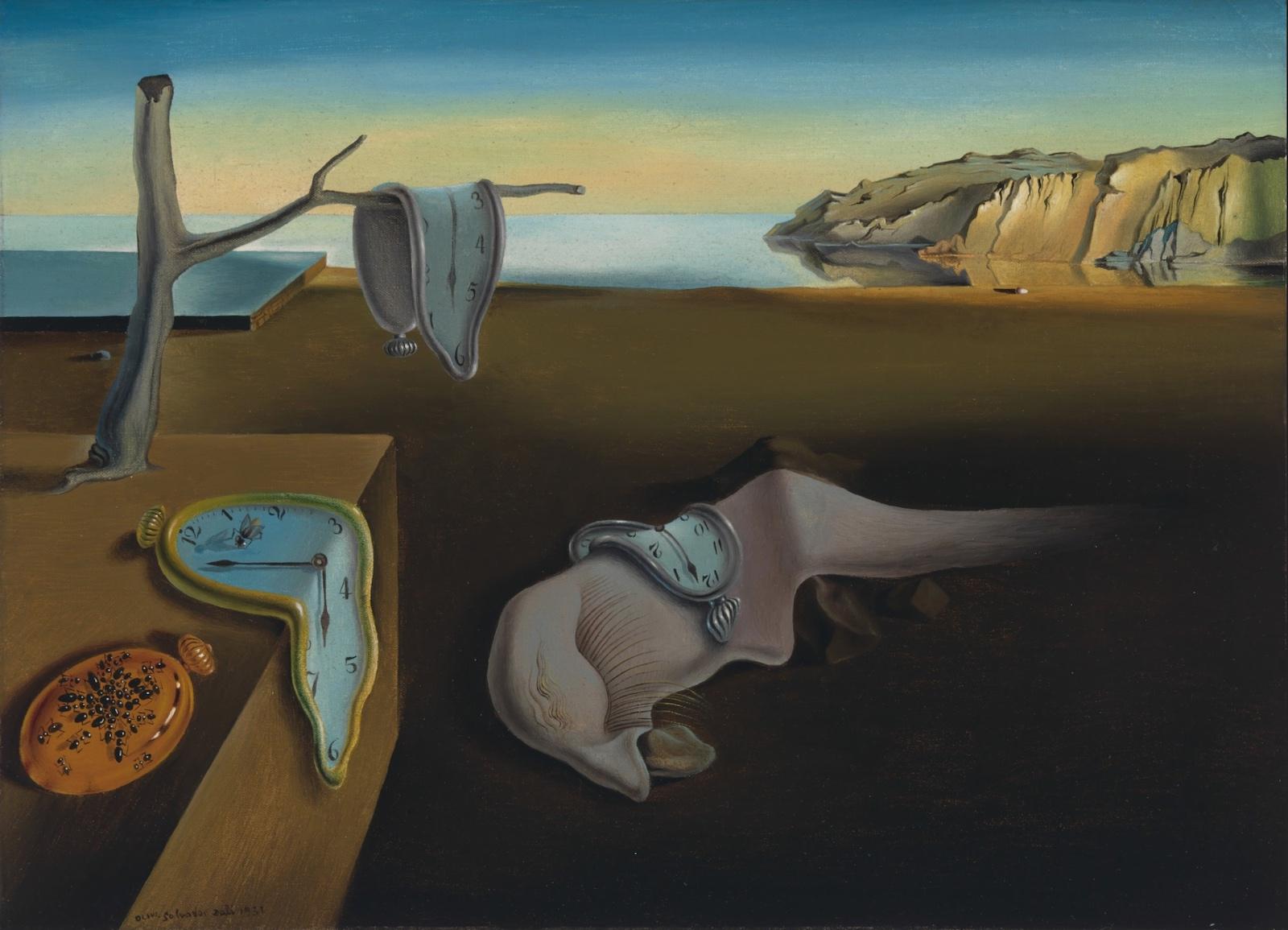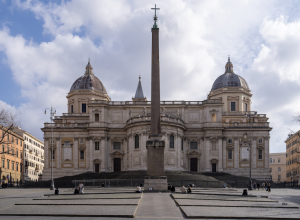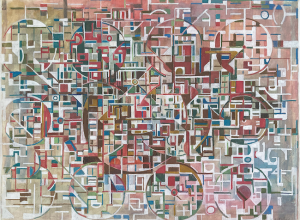Frans Hals' Laughing Cavalier
A well-respected portrait painter, Frans Hals was a Dutch contemporary of Vermeer. One of his many surviving works from the Baroque period seems to have a peculiar name—the pictured subject does not appear to be laughing at all. Furthermore, the Wallace Collection, home to the painting, points out, “Although the sitter is…. [not] a cavalier, the title conveys the sense of jocularity and swagger that is the cumulative effect of the low viewpoint and dazzling technique together with the sitter’s upturned mustache, twinkling eyes, and arrogant pose.”
The painting is said to have single-handedly saved Hals’ reputation as one of the great painters of his era. His name had fallen out of the art world’s mainstream consciousness by the late 19th century, and it was a bidding war for the painting in question at an 1865 auction in Paris that reignited the artist’s celebrity, some 200 years after he passed away. Exhibited from 1872-1875 with the title, A Cavalier, the museum attendees and Victorian press are credited with renaming it Laughing Cavalier. It was first displayed under its current name in 1888 at the Royal Academy of Arts in London.





